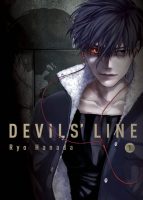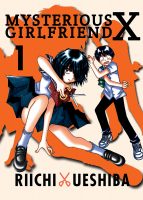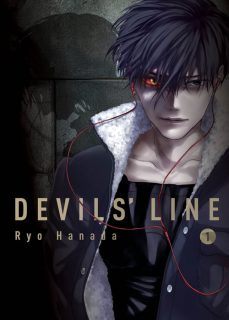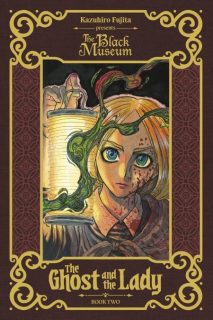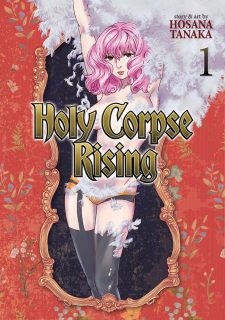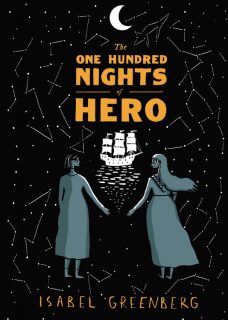And the winner of the Variety of Vertical Comics manga giveaway is… Michelle Gauthier!
As the winner, Michelle will be receiving the first volume of four manga series released by Vertical Comics: Ryo Hanada’s Devils’ Line, Chihiro Ishizuka’s Flying Witch, Riichi Ueshiba’s Mysterious Girlfriend X, and Keiichi Arawi’s Nichijou: My Ordinary Life. Since this giveaway focused on Vertical Comics, I asked participants to tell me a little about their favorite Vertical manga, too. Check out the giveaway comments for everyone’s detailed responses, and check out below for a list of some of Vertical’s manga.
Manga from Vertical Comics:
Arakawa under the Bridge by Hikaru Nakamura
Blame! by Tsutomu Nihei
Chi’s Sweet Home by Konami Kanata
Devil’s Line by Ryo Hanada
Dissolving Classroom by Junji Ito
Dream Fossil by Satoshi Kon
Flying Witch by Chihiro Ishizuka
The Flowers of Evil by Shuzo Oshimi
FukuFuku: Kitten Tales by Konami Kanata
The Garden of Words written by Makoto Shinkai, illustrated by Midori Motohashi
A Girl on the Shore by Inio Asano
The Gods Lie by Kaori Okazaki
Helvetica Standard Bold by Keiichi Arawai
Immortal Hounds by Ryo Yasohachi
Imperfect Girl written by Nisioisin, illustrated by Mitsuru Hattori
Mobile Suit Gundam Wing written by Katsuyuki Sumizawa, illustrated by Tomofumi Ogasawara
My Neighbor Seki by Takuma Morishige
Mysterious Girlfriend X by Riichi Ueshiba
Nichijou: My Ordinary Life by Keiichi Arawi
Ninja Slayer written by Yoshiaki Tabata, illustrated by Yuuki Yogo
Prophecy by Tetsuya Tsutsui
She and Her Cat written by Makoto Shinkai, illustrated by Tsubasa Yamaguchi
To the Abandoned Sacred Beasts by Maybe
Tokyo ESP by Hajime Segawa
Witchcraft Works by Ryu Mizunagi
The above list only includes the manga that have been released (or will be released very soon) under the Vertical Comics imprint which was launched in 2014, but Vertical began publishing manga well before then. (I’m fairly certain that Vertical’s first manga was Osamu Tezuka’s Buddha back in 2003, but I could be wrong.) Even before specifically devoting an imprint to manga and anime-related titles, Vertical has always had a strong catalog of titles which are well-worth reading. Thank you to everyone who shared your particular Vertical favorites with me! I hope you’ll all participate in the next giveaway, too.

